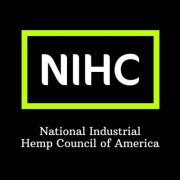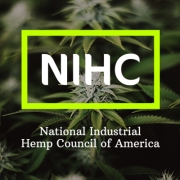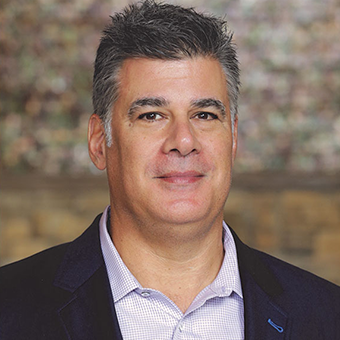The National Industrial Hemp Council (NIHC) has been busy throughout the year planning for our annual meeting. We are also forging ahead with our long-term strategies that aim to put hemp farmers and those doing business in the hemp industry in a better position to be successful. Additionally, we are working to remove barriers for those seeking to enter the market.
We have so much to share, and these snippets that you read about in our weekly newsletter are the tip of the iceberg of the great work that NIHC is doing.
At our annual meeting in Washington, D.C. on November 14-16, you’ll hear in more detail from thought leaders in the hemp industry – some of whom are your colleagues in membership with NIHC – about the exciting initiatives we have planned for the rest of 2021 and into 2022. Whether you’re interested in our state, federal or international work, promoting the brand of hemp, learning the ins and outs of hemp financing, promoting consumer safety or just entering the industry, there is plenty to learn at NIHC’s 2021 Hemp Business Summit.
If you’re interested specifically in policy, you’ll receive a detailed update on policy from our government affairs committee. If you’re interested in learning more about how to better promote the brand of hemp, you’ll want to hear about how you can become involved and help lead the effort to form a hemp checkoff program task-force. If you are interested in learning about the financial sector, you will learn more on this, as well.
In fact, recently, there was a memo circulated from the Farm Credit Administration (FCA) that gives lending guidance to financial institutions dealing with hemp. The memo created some questions and potentially provides opportunities. That’s why we’re particularly excited about the panel discussion shaping up on hemp financing. You’ll hear from the CEO of the largest farm credit association and a panel of lending experts that can answer your questions as you navigate the regulatory challenges of financing your farm and hemp business
If you’re on the consumer facing side of hemp, we will be announcing some big “breaking news” for the hemp industry that we believe will boost consumer confidence and help set the standard for consumer safety by making it easier to sell your products either at your brick-and-mortar location or online platform.
We will also be sharing exciting progress about our international program and our partnership with USDA as a government cooperator. The efforts by NIHC on the international front aren’t just an opportunity to expand your customer base and open markets overseas, but they’re a chance to provide your input on how to reduce non-tariff trade barriers and make it easier for U.S. farmers to access these international markets.
You’ll want to be to here in D.C. for all of these exciting developments, as well as spending time meeting and networking with fellow NIHC members.
As the event inches closer and the agenda grows even more robust, you’ll want to keep an eye on your inbox for updates. After over a year without in-person meetings, we’re so excited and we can’t wait to see you in person.
To conclude, when we last published our newsletter, we shared a piece from NIHC Chief Economist Beau Whitney on the setbacks the hemp industry has faced since the 2018 farm bill, particularly as other commodities have continued to succeed. He predicted that there will be 201 million tons of excess hemp biomass in the market at the beginning of the 2021 harvest season.
So, we hope you’ll find intriguing the piece below from Delta Ag – one of NIHC’s newest members – where their President Graham Owens provides a unique perspective on an emergency use declaration to utilize some of the biomass, which will boost the U.S. food supply and benefit American hemp farmers.




























